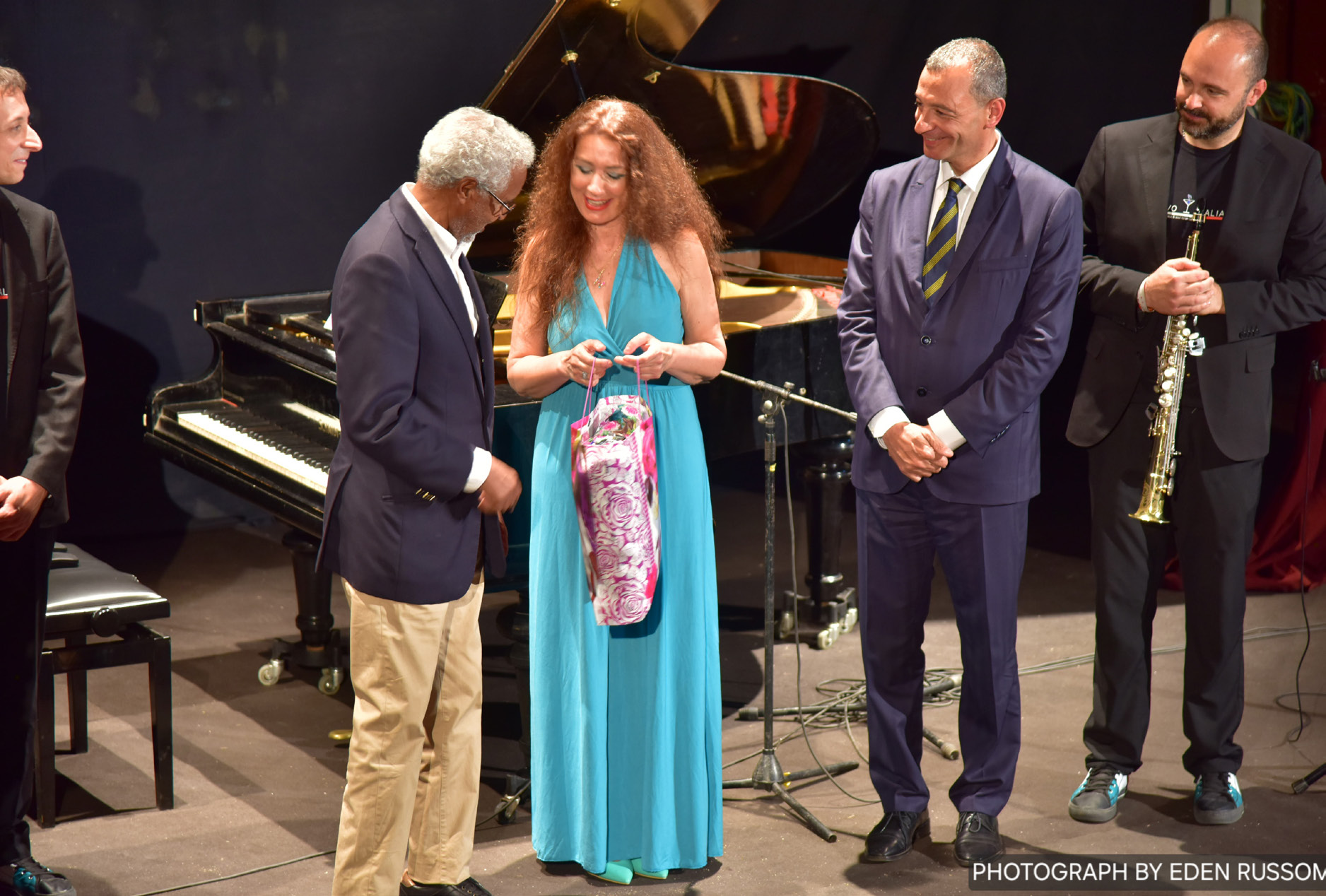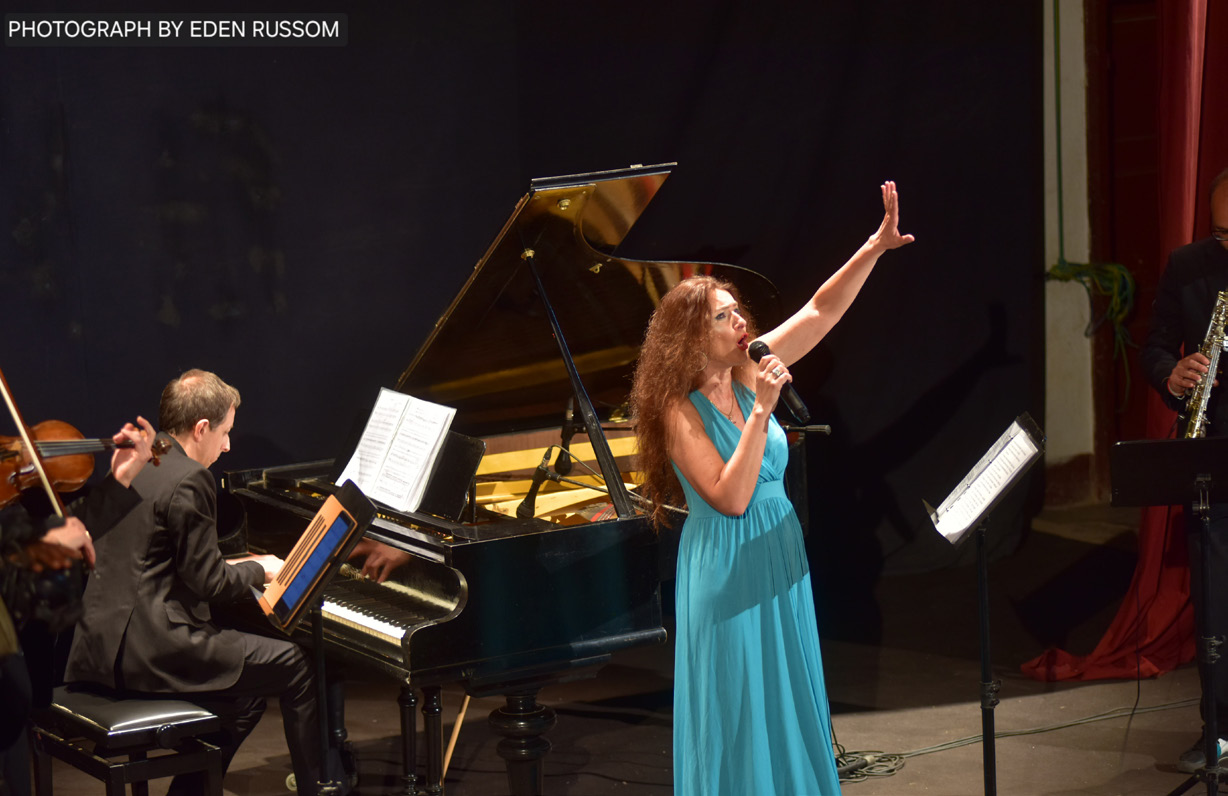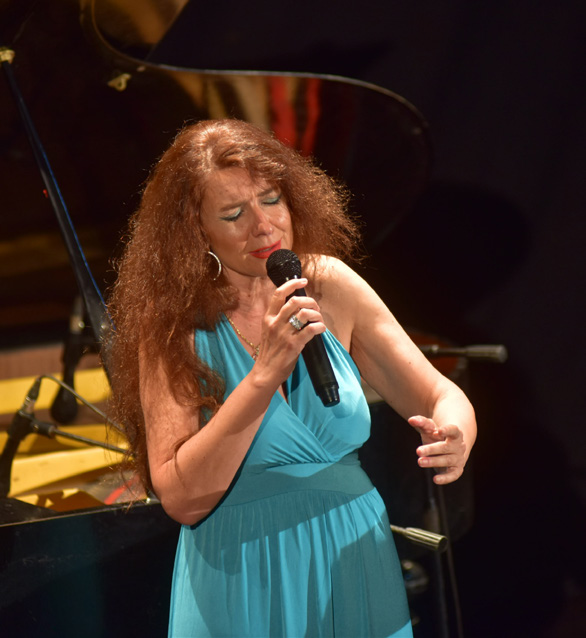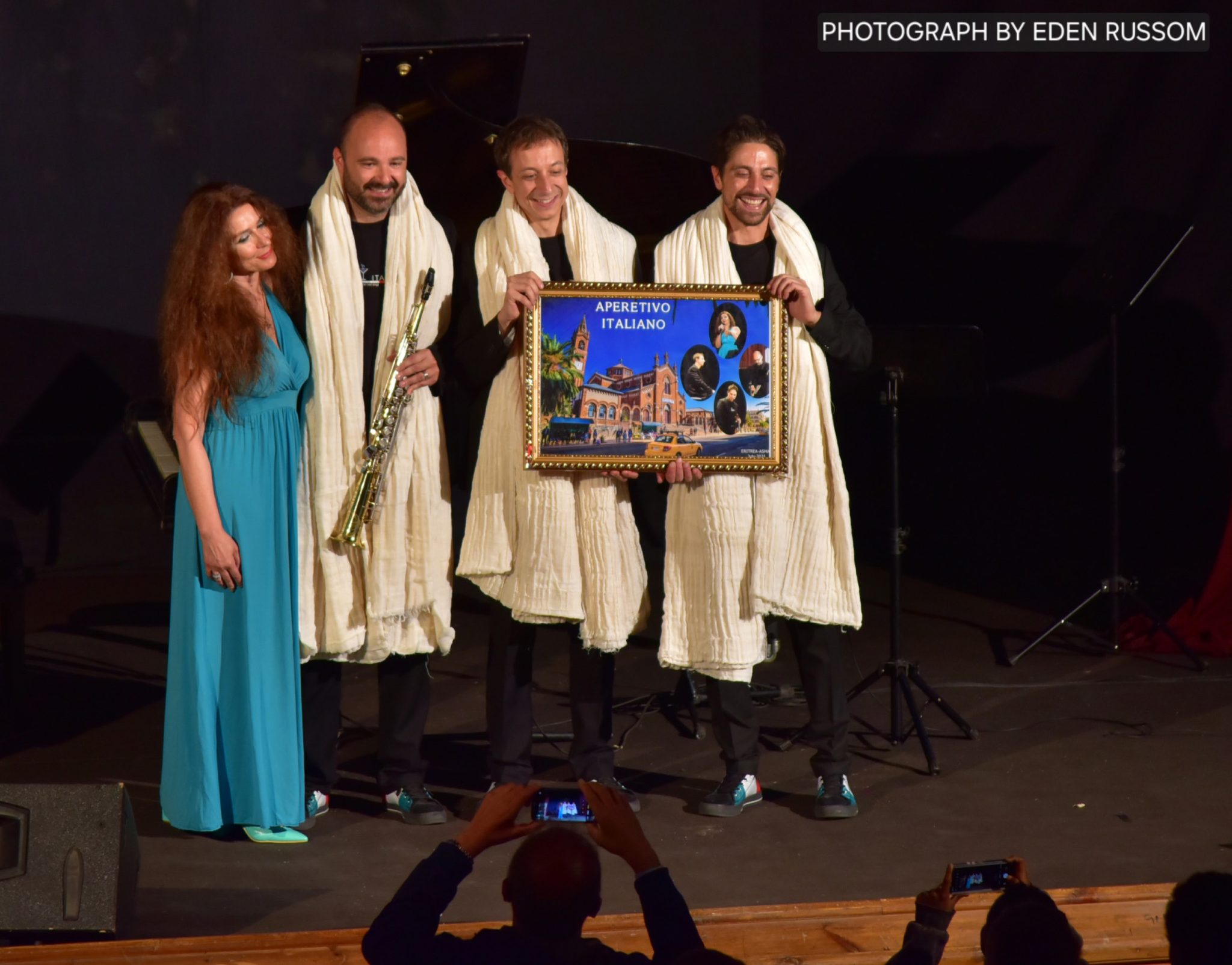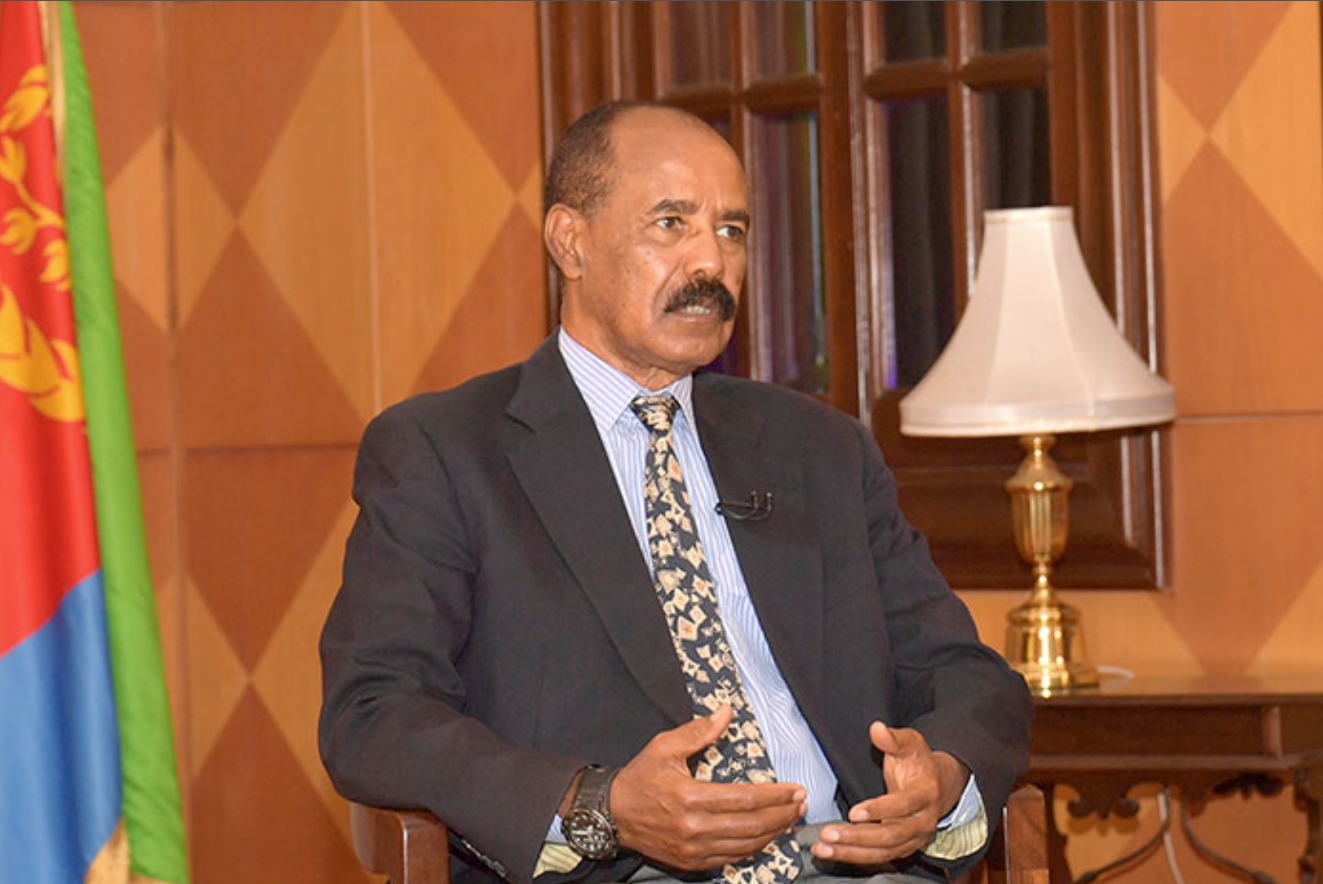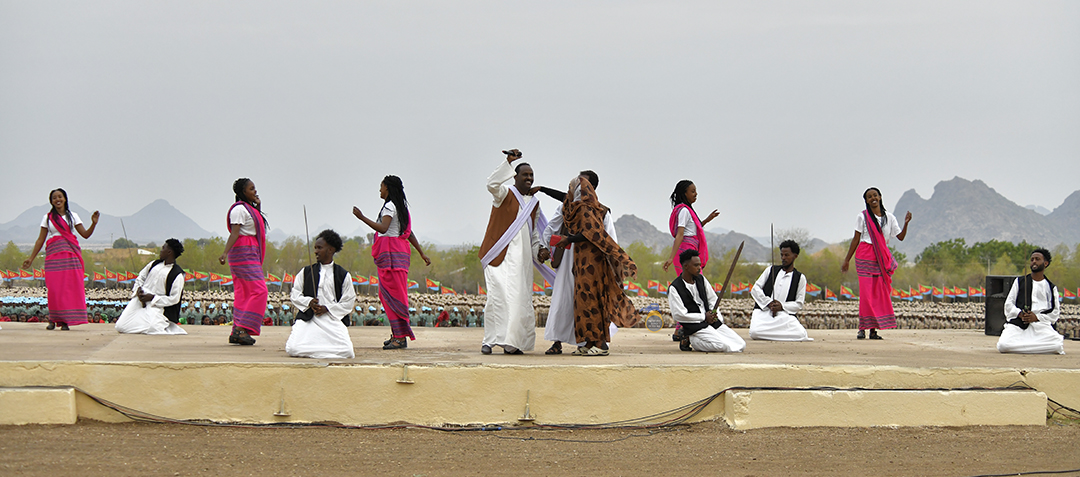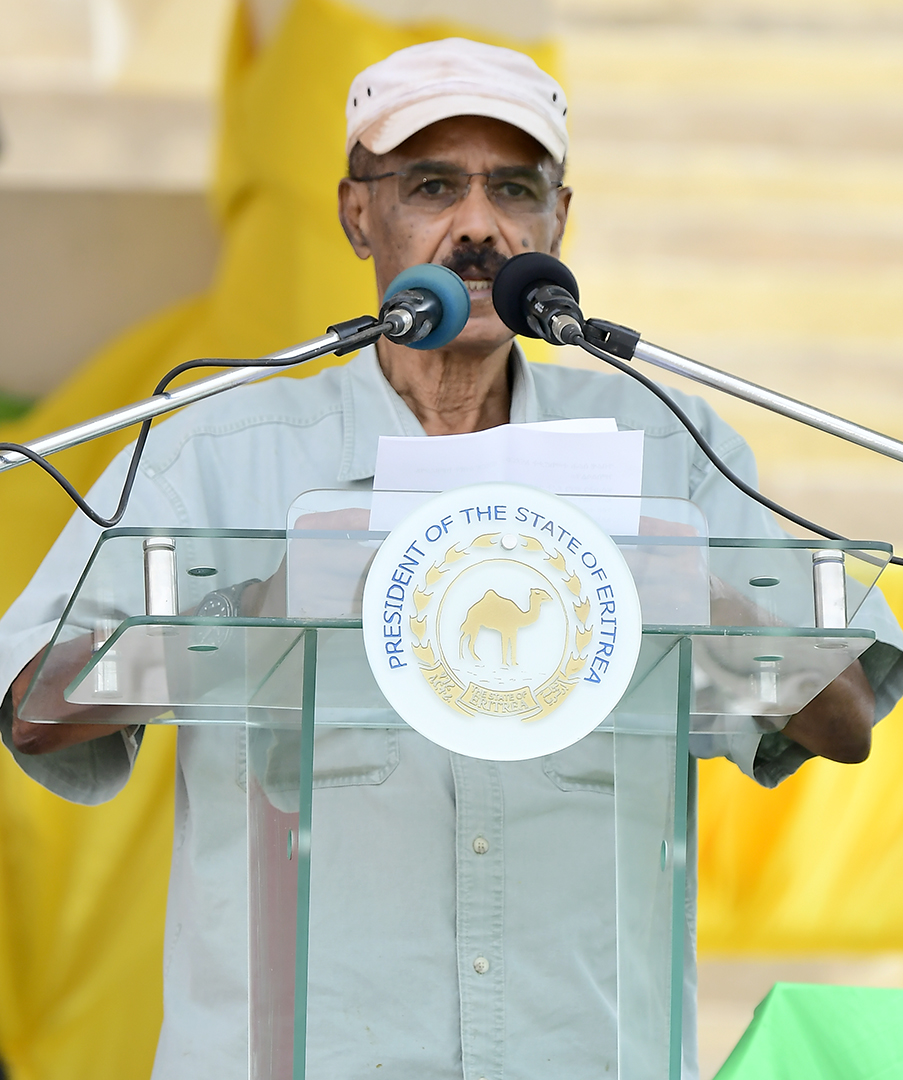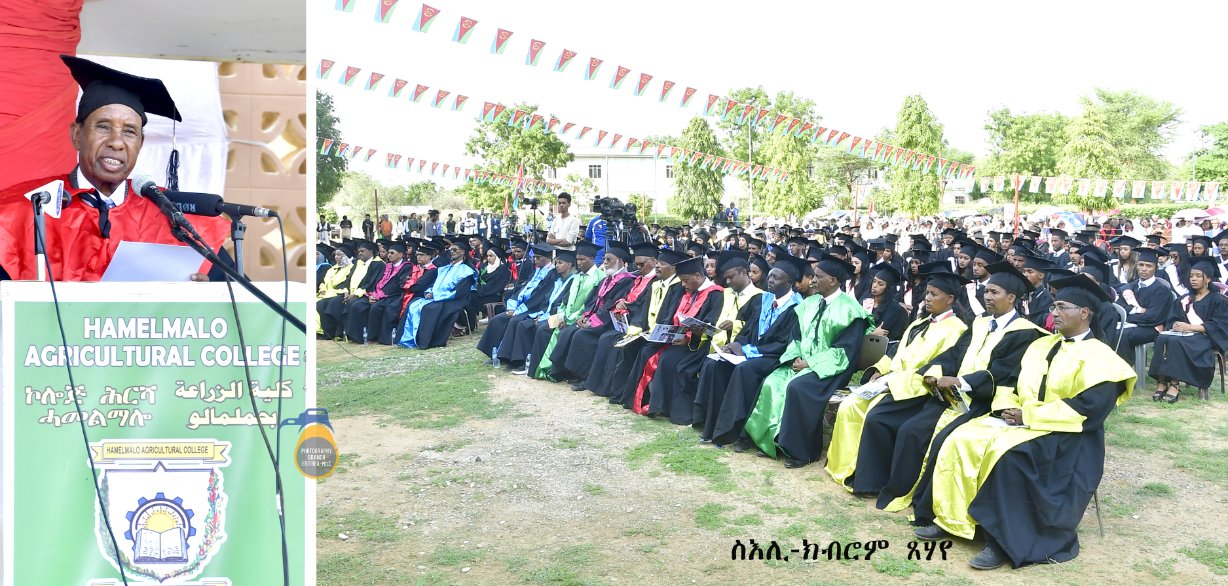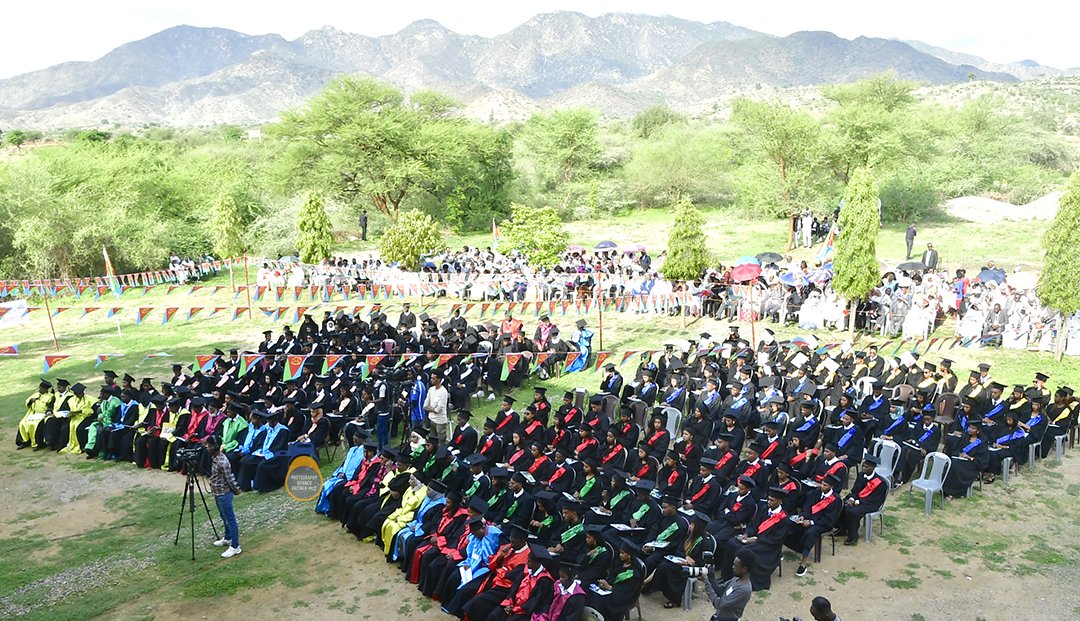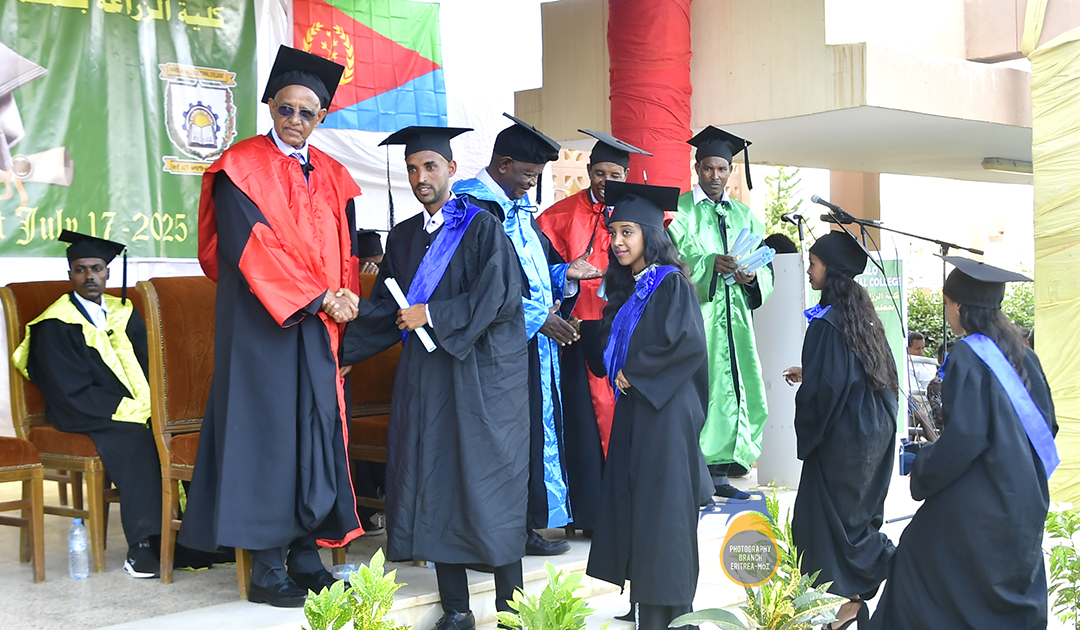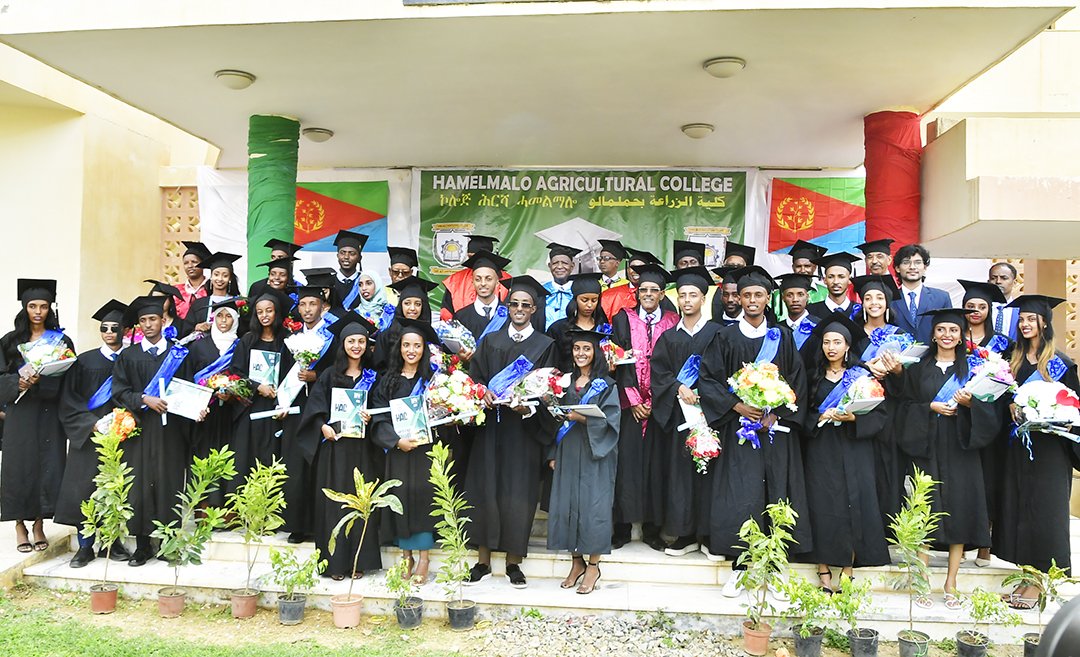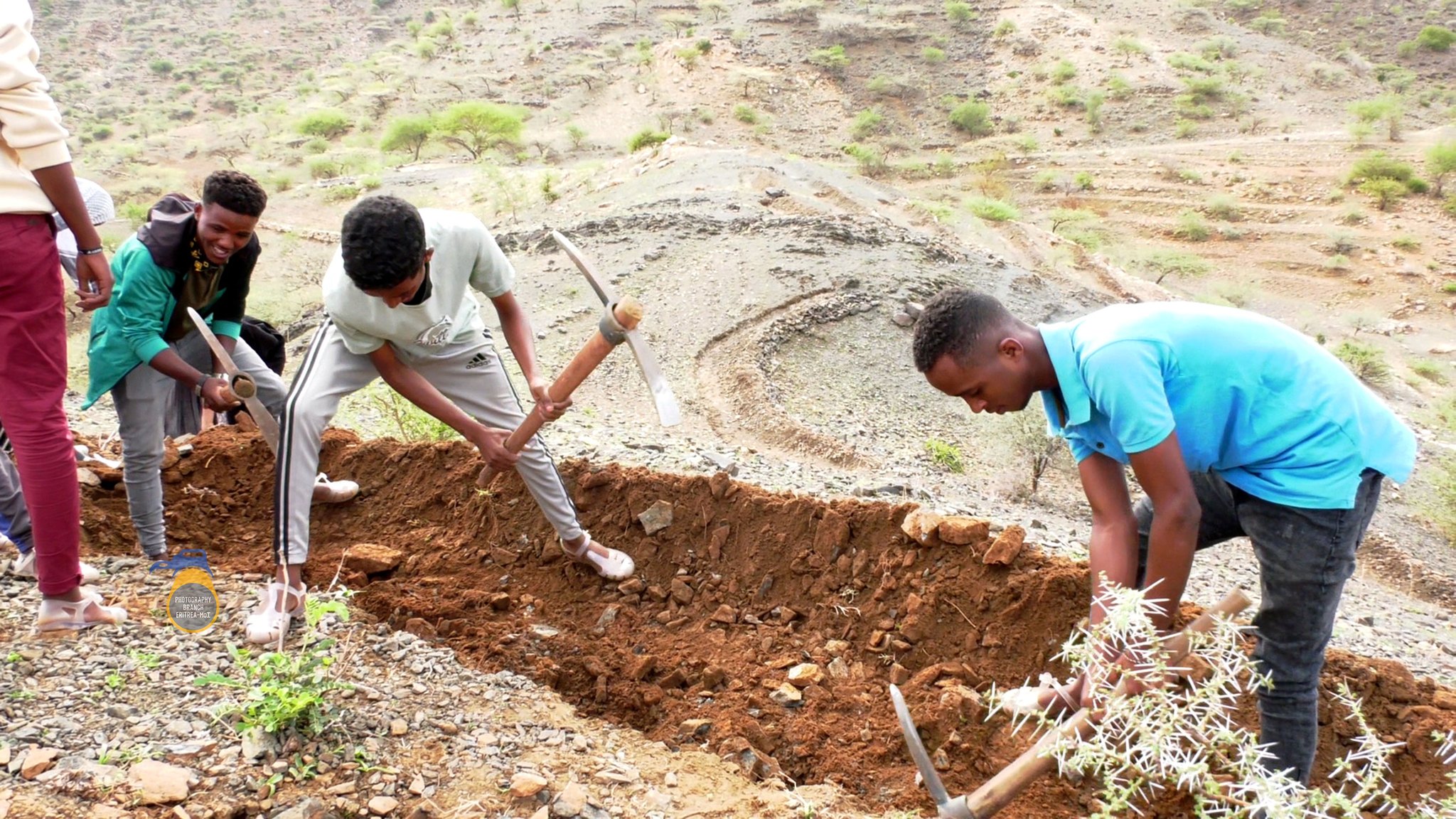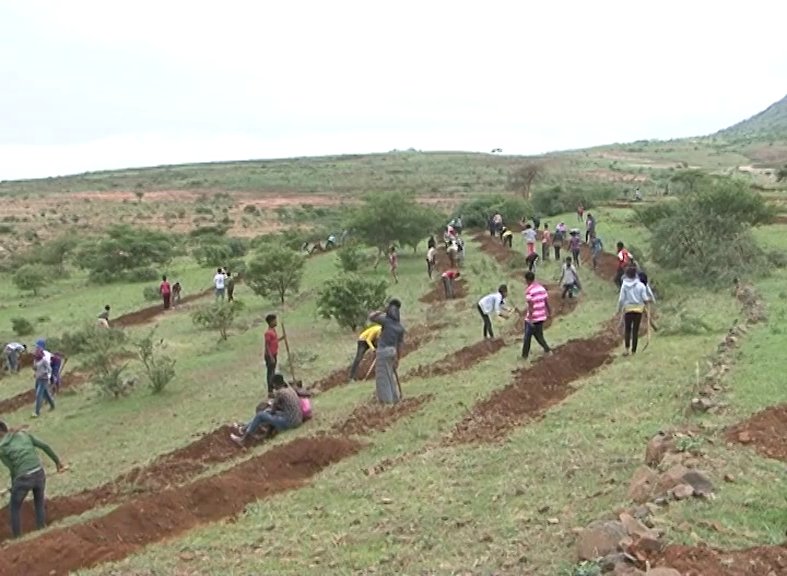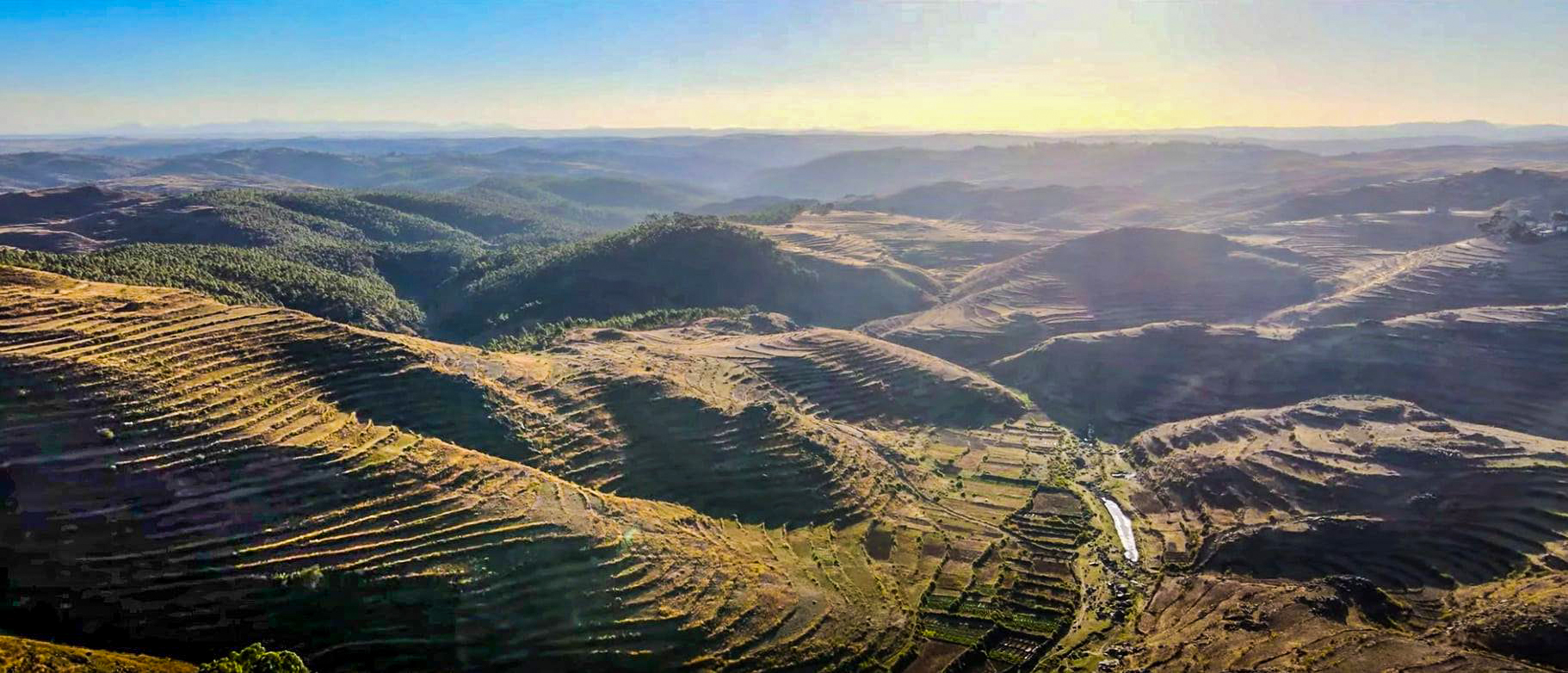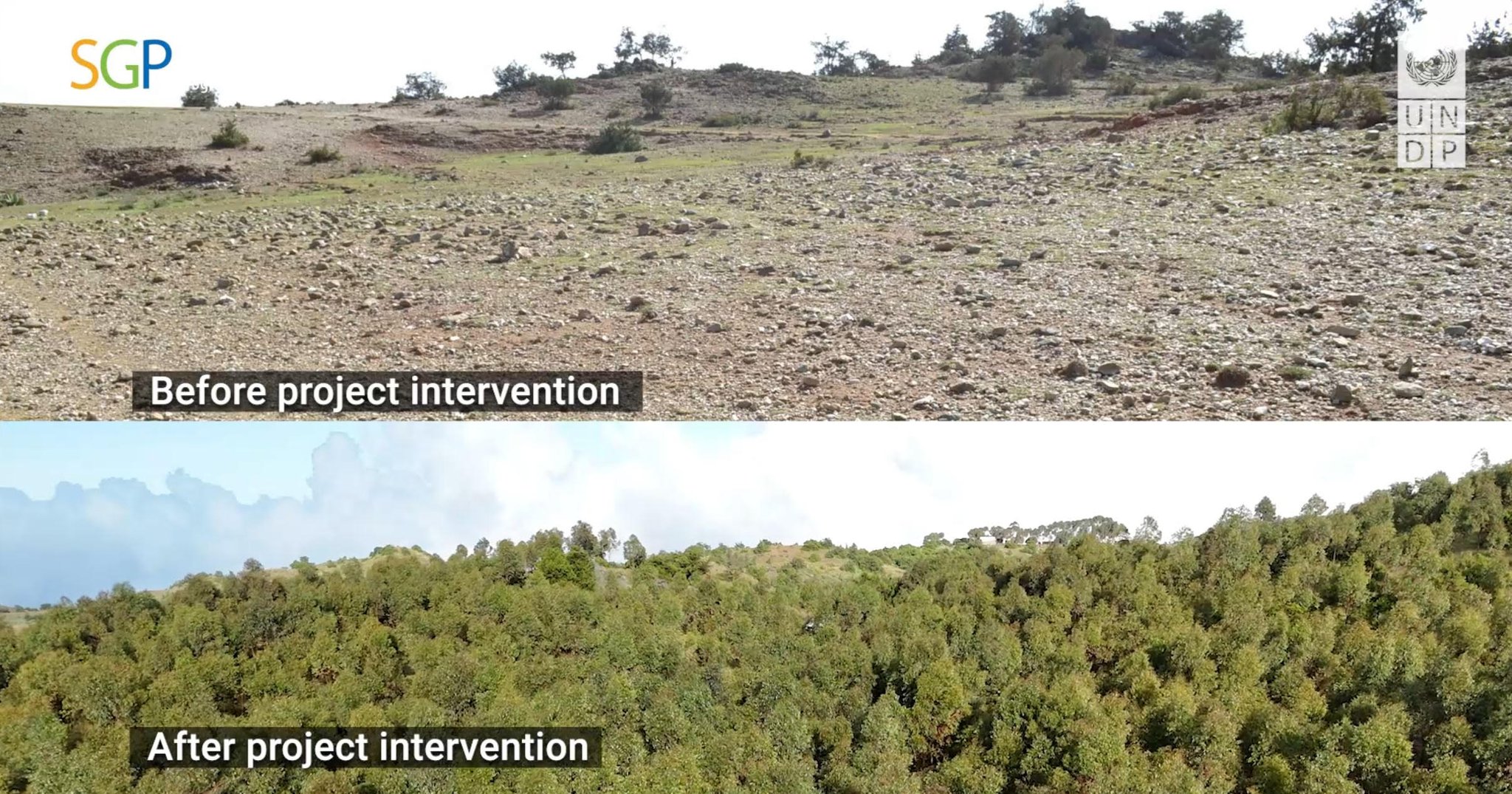
History & Culture
Dancing Through Time: The Cultural Legacy of the Dancing Afar
Luwam Kahsay H.
https://shabait.com/2025/07/16/dancing- ... cing-afar/
Jul 16, 2025

Before the invention of writing, communities across the world preserved their histories through oral traditions, music, and dance — languages used by people to communicate with one another and with nature itself. In every beat of a drum and every sway of a dancer’s body lies a story—one that echoes across generations. Cultural dances and songs are not merely forms of entertainment; they are living expressions of identity, memory, and resilience. In Eritrea, a country of remarkable ethnic diversity and deep-rooted traditions, these art forms are vital threads in the national tapestry.
The Afar, who primarily live in the Northern Red Sea region that is known for its strategic importance, have vibrant traditional dances. Traditionally nomadic pastoralists, they rely on raising camels, goats, and cattle, as well as fishing and salt mining. They have a customary legal system known as Madqa. The Afar culture reflects a deep spiritual and historical connection to the land.
Perhaps one of the most captivating aspects of Afar culture is their dance—a dazzling display of rhythm, symbolism, and communal spirit. The Afar are said to have over 45 distinct dances, each with its own purpose and emotional tone. These dances are more than performances; they are rituals of remembrance, celebration, and courtship. As an Afar saying goes:
Let’s explore some of the most notable ones.When the drum speaks, the heart remembers.
Torae
A dance performed exclusively by men, Torae is rich in symbolism. It is traditionally danced when a groom and his family arrive at the bride’s home. During Eritrea’s struggle for independence, it was also performed by young men heading to the battlefield—imbuing it with themes of honor, courage, and farewell.
Torae is of two types: Gorgodae, which is performed during long journeys, and Ramahayta (or Senaito), which is performed at the point of departure or upon arrival. The number of dancers is flexible, often arranged in groups of four or more.

Lale
Another male-only dance, Lale is performed along the seashore, typically in formations of two-by-two or four-by-four. The deep resonance of drums and synchronized clapping energize the dancers that jump with enthusiasm. It is most commonly seen at wedding ceremonies, where young men from both families dance.
Keeke
A favorite among the youth, Keeke allows men and women to share the dance floor. While often associated with girls, it is a twosome dance that celebrates joy, flirtation, and youthful energy. It is especially popular at weddings and community gatherings.
Silila-Aguse
Performed by young girls during the rainy season or festive occasions, Silila-Aguse is a graceful dance that gives girls an opportunity to show off their new dresses and feminine elegance. It typically takes place in the evenings, adding a magical ambiance to the celebration.
Galawi Yabal
For those who feel an irresistible urge to dance at the sound of a drum, Galawi Yabal is the perfect outlet. This vigorous dance is performed only when the land is green and rain has fallen, symbolizing fertility, abundance, and joy. Girls dance while boys sing, beat the drum, and clap.

Sadah (or Yiobadi)
A circle dance involving both men and women, Sadah is characterized by a call-and-response format. Dancers face each other and exchange questions and answers through movement and chant. It is a social dance that fosters dialogue, humor, and connection.
Madhadis
Madhadis, which means reminiscence, is a poetic exchange between lovers. There is no fixed choreography—just simple chants and heartfelt words that express love, longing, and emotional intimacy. It is a dance of memory and affection.
The richness of traditional Afar dances is a testament to the depth of Eritrea’s cultural heritage. These dances are not relics of the past—they are living expressions of identity, resilience, and creativity. They connect the present to the past and offer a roadmap to the future. As an elderly Afar once said:
This reflects the Afar belief that cultural practices—especially oral traditions like dances and songs—are the lifeblood of identity.A people without tradition is like a river without a source.
Preserving Eritrea’s cultural heritage, both tangible and intangible, is essential as it fosters unity in diversity, strengthens national identity, and provides a sense of belonging. In an era of globalization, when cultural expressions are increasingly commodified and cultural [deleted] threatens local traditions, the Afar remind us that a cultural heritage such as a dance is not something to be stored in museums but to be performed and enjoyed. In this sense, Eritrea’s commitment to safeguarding its heritage is a powerful act of resilience.
